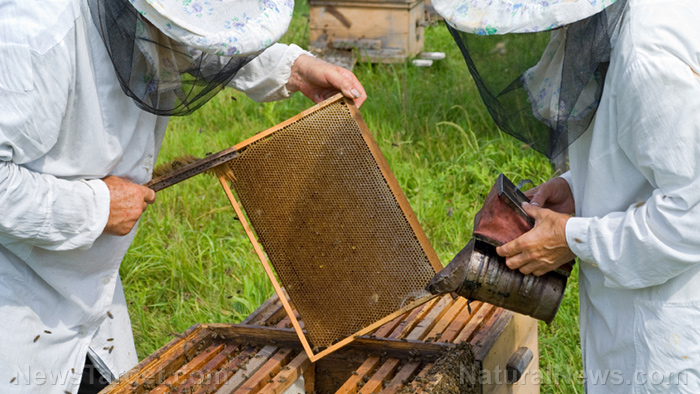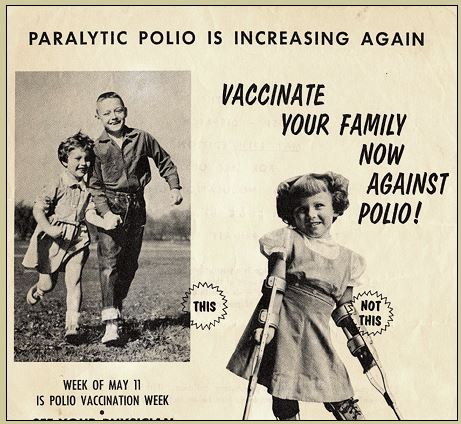Peroxynitrite: A dangerous link between GMOs and Wi-Fi
11/06/2019 / By Ralph Flores

People are living in dangerous times – that much is a given. But what people don’t know is that these “dangers” are already closeby, chief of which are poor diet and lifestyle choices. The U.S. Department of Health and Human Services, in fact, identifies the two as primary drivers for chronic illnesses, which include heart disease, cancer, and diabetes. In a report, the agency estimates that six in 10 adults have a chronic illness, and four in ten adults have two or more.
Experts have also noted that while mortality rates for chronic diseases are declining, they are still the leading causes of death around the world. An article published in JAMA Cardiology revealed that rates of decline for cardiovascular disease — a chronic illness responsible for over three in 10 deaths worldwide — have stalled in the last decade.
Studies have pointed to a powerful suspect capable of damaging the body on a genetic level – peroxynitrite.
What is peroxynitrite?
Peroxynitrite is a highly reactive compound that comes from the merging of nitric oxide (NO) and superoxide radical (O2–). Nitric oxide is a free radical, a natural byproduct of chemical processes in the body. Free radicals are essential for critical bodily functions, such as converting air and food into chemical energy and protecting the body from pathogens. But having too many free radicals can lead to cellular damage.
For instance, a free radical like nitric oxide can pull an electron from a molecule inside a cell. This destabilizes the molecule and turns it into a free radical that takes an electron from another molecule – triggering a chain reaction called oxidation that can damage the whole cell. Oxidation can harm healthy cells in many ways. It can break cell membranes, increase the likelihood of cancerous mutations, and even cause changes in DNA. These events can elevate a person’s risk of developing various illnesses, including certain cancers, cardiovascular disease, Parkinson’s disease, emphysema, and Alzheimer’s disease.
A recent study published in the Proceedings of the National Academy of Sciences of the United States of America (PNAS) revealed that peroxynitrite and other NO-derived oxidants are associated with chronic diseases like atherosclerosis, hypertension, cancer, neurodegeneration, and sepsis. In addition, peroxynitrite is highly cytotoxic, and multiple studies have shown this to be a double-edged sword.
In a paper published in the Journal of Biological Chemistry, researchers reported that peroxynitrite can protect against Trypanosoma cruzi, the parasite responsible for Chagas disease. However, peroxynitrite formation can also lead to the destruction of superoxide dismutase (SOD), an antioxidant enzyme that regulates the buildup of superoxides. Excessive loss of SOD creates a vicious cycle that allows more peroxynitrite to be produced inside the body. (Related: More evidence emerges that cell phones trigger abnormal cell growth and cancer.)
Strange bedfellows
Many people are not aware that some of the things they bring or install inside their houses can trigger the production of peroxynitrite. For instance, Wi-Fi and GMO are two such triggers, according to studies. In the U.S., 71 percent of broadband households have Wi-Fi access, which is shared by at least 5.7 devices per household.
This ubiquity is a problem since Wi-Fi exposure can have adverse effects. In an article published in Environmental Research, researcher Martin Pall noted that exposure to Wi-Fi can lead to peroxynitrite-induced oxidative stress and many other harmful effects, such as:
- Lowered sperm count – Wi-Fi exposure can cause DNA damage in sperm cells, which can lead to mutations that greatly affect quality and quantity.
- Cellular DNA damage – DNA damage can potentially lead to cancer, which explains the link between Wi-Fi exposure and cancer incidence.
- Endocrinal problems – Studies have shown that Wi-Fi exposure can cause pancreatic dysfunction, as well as other endocrine-related problems.
- Neurological problems – Some of the neurological problems associated with Wi-Fi exposure include poor-quality sleep and increased fatigue.
- Calcium overload — Oxidative stress can cause elevated levels of calcium, which can impact neurological and other bodily functions.
- Cell death (apoptosis) – Cell death plays a central role in neurodegenerative diseases, and studies have shown how Wi-Fi exposure can negatively impact brain structure.
For Pall, a biochemistry professor at Washington State University, his study highlights the potential danger of Wi-Fi exposure – something often ignored by other studies.
“There are seven repeatedly found Wi-Fi effects [including oxidative stress] which have also been shown to be caused by other similar EMF exposures,” he said. “Each of the seven should be considered, therefore, as established effects of Wi-Fi.”
As if Wi-Fi isn’t dangerous enough, GMO foods also increase peroxynitrite production. In an article for Natural Health 365, Diane Testa noted that eating GMO foods exposes the body to glyphosate, a herbicide that triggers peroxynitrite production. According to Testa, the U.S. should ban GMO crops and regulate exposure to wireless devices – something that the European Union has done since 2011.
In another study published in Entropy, researchers noted that glyphosate – the active ingredient in the controversial herbicide RoundUp – adversely affects the gut microbiota. In particular, glyphosate exposure increases glutathione peroxidase activity, an indicator of oxidative stress. Moreover, long-term exposure to glyphosate also raises the risk of developing tumors in the gut, liver, and kidneys.
While the dangers posed by peroxynitrite are real, avoiding Wi-Fi exposure and GMO foods can be challenging. Fortunately, Natural News has you covered. Organics.news has more stories on healthier alternatives to GMO- and pesticide-laden foods, while EMF.news has more on ways to protect you and your loved ones from Wi-Fi and other types of EMF exposure.
Sources include:
Submit a correction >>
Tagged Under:
This article may contain statements that reflect the opinion of the author
RECENT NEWS & ARTICLES
COPYRIGHT © 2017 PESTICIDES NEWS





















